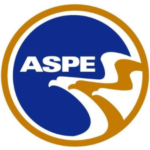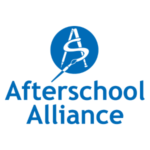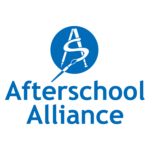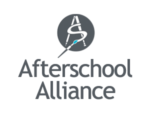Research
- General Research (47)
- High School Research (11)
The Children, Youth, and Families At-Risk (CYFAR) is a national initiative that provides funding for Sustainable Community Projects (SCP). These projects are developed to meet locally identified needs, are research-based, and provide quality programs for vulnerable, at-risk, low-income, and low-resource children, youth, and families to promote positive life outcomes. This initiative was developed in collaboration with The United States Department of Agriculture’s National Institute of Food and Agriculture through a cooperative agreement with The University of Minnesota.
Research findings on evaluations of positive youth development programs.
The National Summer Learning Association (NSLA) is a national, non-profit organization focused on the powerful impact of one achievable goal: investing in summer learning to help close the achievement gap. NSLA uses the power of research, advocacy, training, and policy to transform America’s neighborhoods and communities, one child at a time.
Afterschool Alliance Poll finds three in four voters want federal, state and local lawmakers to increase funding for after school programs. Check out these resources for an in-depth look at our newest data from our Election Eve/Election Day 2008 poll and an overview of messages that may work best in this economic climate. (Released November 2008)
This brief, examines the current teacher shortage facing our schools, the impact this shortage is having on our rapidly changing educational system, and ways afterschool programs can help meet the need for recruiting and retaining new teachers. It is one in a series of Issue Briefs sponsored by the MetLife Foundation that addresses the benefits afterschool programs provide to children, families and communities.
(2004) In order to learn how many children are in afterschool programs and how many are unsupervised after school, in the summer of 2003 the Afterschool Alliance conducted a household survey, with funding from the JCPenney Afterschool Fund. The America After 3 PM survey gives the most comprehensive and accurate picture yet of what this nation’s youth are doing each day after school. It differs from other household surveys in that it includes data on K-12 youth, rather than just K-8 youth. This survey also collected more detailed information about parent satisfaction with afterschool programs, and it offers the best data yet about demand for afterschool, including the likelihood that non-participating children would join afterschool programs, if programs were available.
Respectfulness, positive behavior, self-confidence, and an interest in school are just a few traits kids can develop through participation in after school programs. Check out this issue brief to learn more about ways after school can help build character.
Students with special needs may not always receive the resources they need to reach their full potential during the school day, but after school programs can offer additional activities more tailored to the individual needs of children. This brief examines the valuable role after school programs can play in the life of a child with special needs.
This report summarizes a national meeting that was organized to discuss ways in which out-of-school time can be used to better prepare youth for an increasingly global economy.
With support from MetLife Foundation, the Afterschool Alliance has published “Afterschool Innovations in Brief”, a compilation of four issue briefs examining critical issues facing children, schools and communities, and the vital role after-school programs play in addressing these issues. (May 2008)
This study from The National Center for Education Statistics within the Institute of Education Sciences provides a national profile of various types of formal after-school programs physically located at public elementary schools in 2008. These programs included stand-alone programs that focus primarily on a single type of service (e.g., only day care) and broad-based programs that provide a combination of services such as academic enrichment and cultural activities.
Tony Proscio and Basil J. Whiting (October 2004)
In the last decade, initiatives to create, expand, and improve afterschool services for young people have become more typical in large cities across the United States. However, the field is still nascent and tremendous challenges remain. Co-authors Proscio and Whiting provide in-depth studies of four cities—Chicago, Los Angeles, New York, and San Diego—who have, over time, developed highly effective afterschool support organizations. While each city’s story is set in a unique political and social landscape, there are common elements in their profiles that the Project believes are fundamental to their successes to-date.










